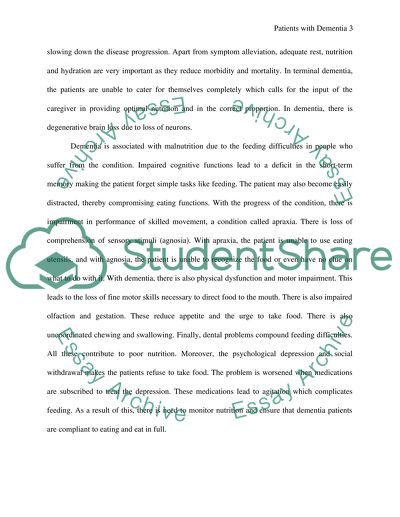Cite this document
(“Promoting good nutrition in patient with dementia Research Paper”, n.d.)
Promoting good nutrition in patient with dementia Research Paper. Retrieved from https://studentshare.org/nursing/1615602-promoting-good-nutrition-in-patient-with-dementia
Promoting good nutrition in patient with dementia Research Paper. Retrieved from https://studentshare.org/nursing/1615602-promoting-good-nutrition-in-patient-with-dementia
(Promoting Good Nutrition in Patient With Dementia Research Paper)
Promoting Good Nutrition in Patient With Dementia Research Paper. https://studentshare.org/nursing/1615602-promoting-good-nutrition-in-patient-with-dementia.
Promoting Good Nutrition in Patient With Dementia Research Paper. https://studentshare.org/nursing/1615602-promoting-good-nutrition-in-patient-with-dementia.
“Promoting Good Nutrition in Patient With Dementia Research Paper”, n.d. https://studentshare.org/nursing/1615602-promoting-good-nutrition-in-patient-with-dementia.


